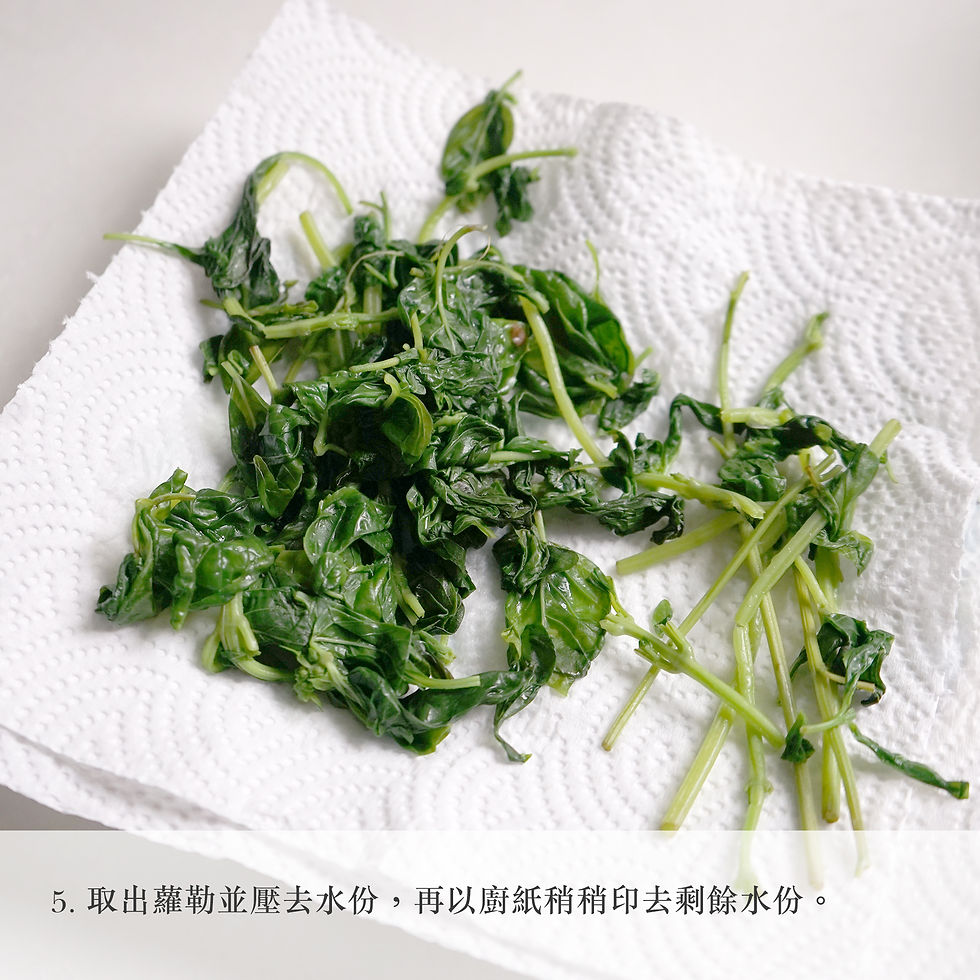During my time working in a kitchen in Australia, one of the tasks that had to be done weekly was making herb oil. The process of making herb oil is not complicated, and the finished product can be used to garnish various dishes, instantly elevating the presentation of your dishes significantly.

BigBoy has a habit of growing herbs at home. Every spring, when the weather warms up and becomes more humid, the basil in his garden grows particularly fast and abundantly. Some of the basil is kept for cooking, while the rest is used to make basil oil, which is both fragrant and beautiful, making it perfect for garnishing and enhancing various dishes.

Which type of oil should be used to make basil oil?
For making basil oil, it's best to use a mild-tasting oil. I used canola oil this time, as its neutral flavour won't overpower the basil's aroma. In addition to basil, herbs like chives, thyme, and oregano can also be used to make herb oils. The finished product can be stored in the refrigerator, but keep in mind that the colour and aroma of the herb oils will gradually dissipate over time. It's generally recommended to use herb oil made from fresh herbs within two to three weeks for the best flavour and quality.

How to Store Basil Oil?
Basil oil can be stored in the refrigerator, but over time, both its colour and aroma will fade. It’s generally recommended to use herb-infused oils made with fresh herbs within two to three weeks to maintain optimal flavour. Proper storage is key to preserving its freshness and taste. Here are a few tips for storing basil oil:
1. Airtight Container: Store the basil oil in a sealed glass bottle or container to minimise exposure to air and reduce oxidation.
2. Refrigeration: Basil oil should be kept in the refrigerator, which helps extend its shelf life. Due to the cold temperature, the oil may turn cloudy or solidify, but this is normal. Simply bring it to room temperature before use to restore its consistency.
3. Avoid Direct Sunlight: When storing basil oil, keep it away from direct sunlight, as exposure to light can speed up oxidation and diminish its flavour.
4. Use Within a Short Period: Since basil oil is made from fresh herbs, it has a shorter shelf life. It’s usually recommended to consume it within two to three weeks to enjoy its best flavour.

Ingredients
Basil | 60g |
Ice Water | 1 bowl |
Canola Oil / Vegetable Oil | 180g |
Steps











Comments